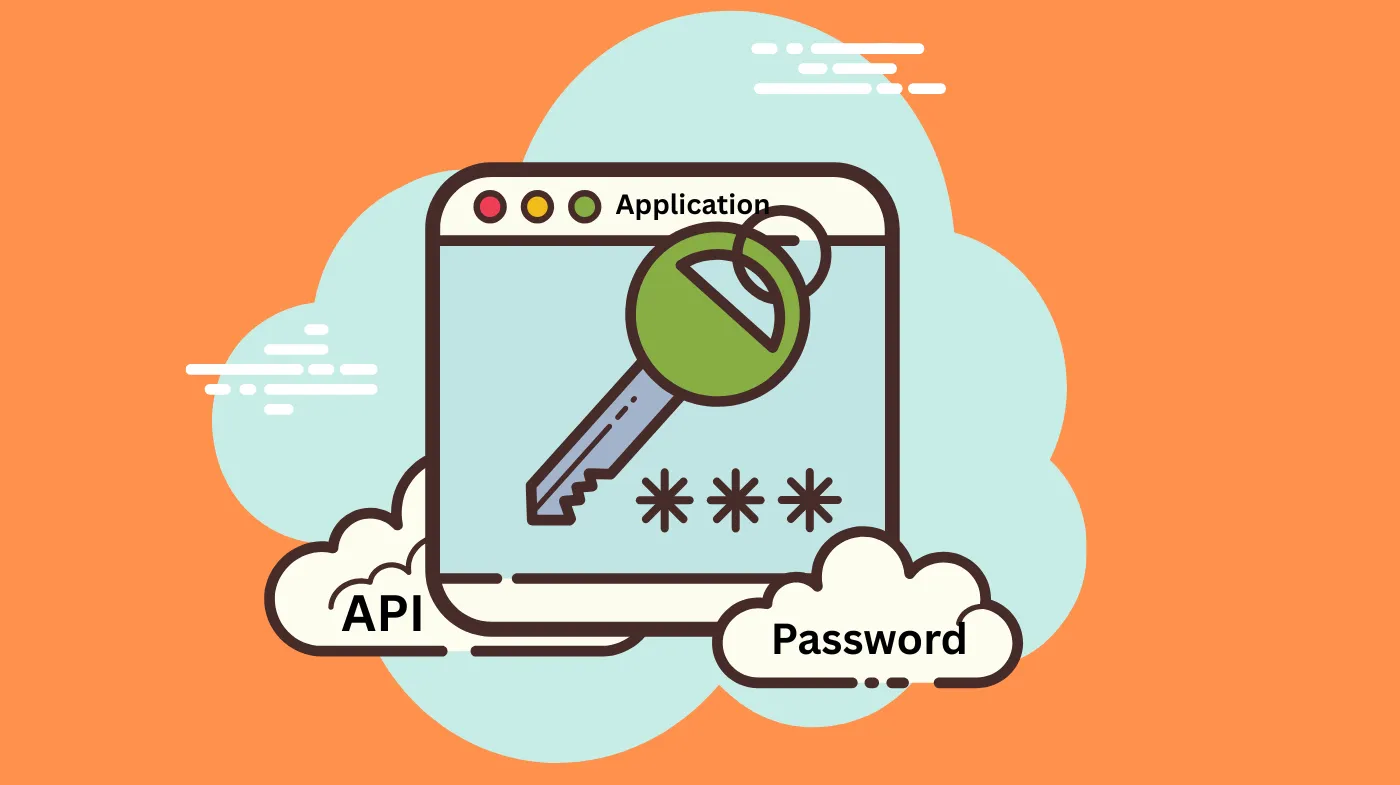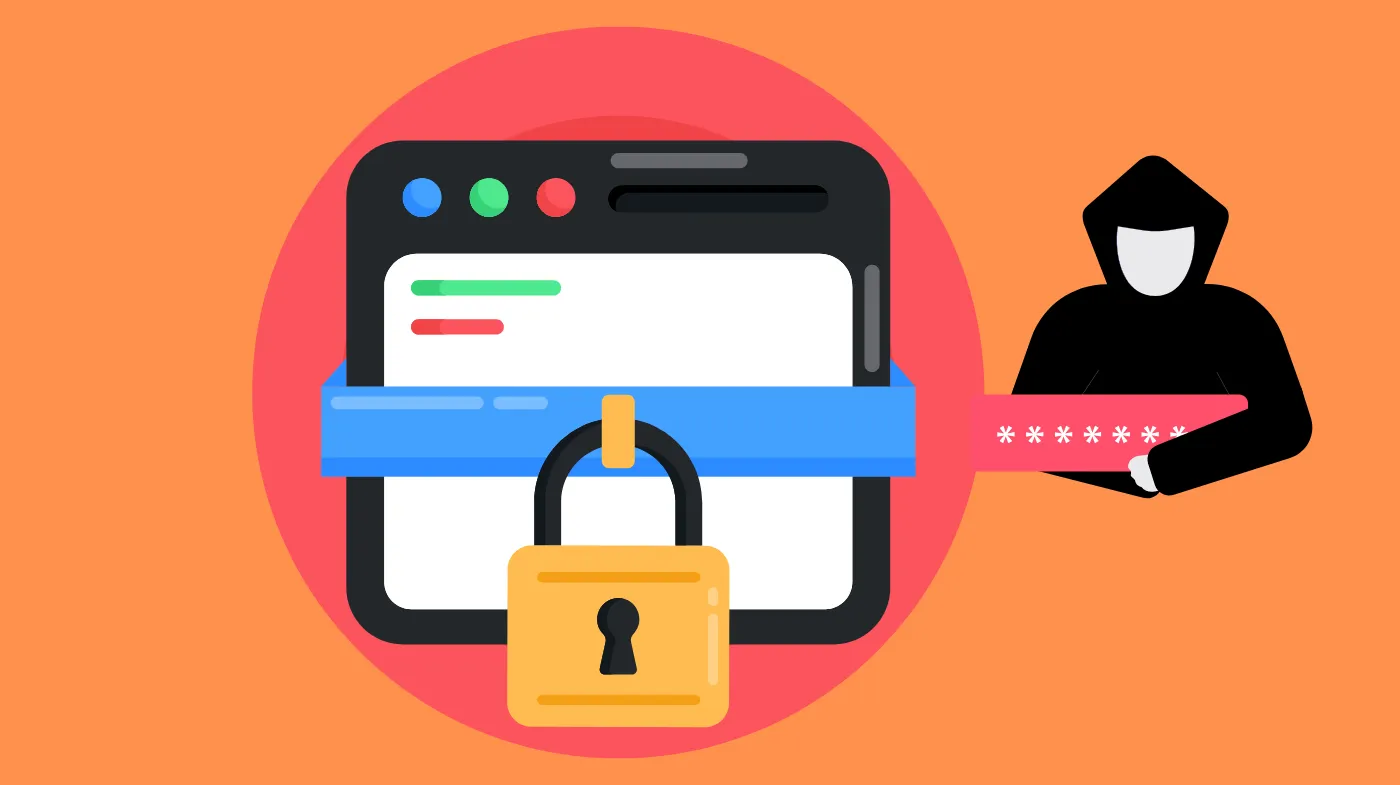
Integrating a strong password generator API into your application can greatly enhance security by providing users with complex, unique passwords. By choosing the right API and implementing intuitive features, you can create a seamless experience for users.
Integrating a strong password generator API into your app involves several key steps. You’ll start by choosing the right API, then move on to gaining access and implementing the necessary code. Finally, you’ll enhance your integration and perform thorough testing to guarantee everything functions as expected.
However, understanding the nuances of secure integration and best practices is essential to fully protect sensitive information. What steps will you employ to guarantee robust security? Let’s find out.
Steps to Integrate a Strong Password Generator API Into Your App
When integrating a password generator API, the following are some steps you need to follow:
Step 1: Choosing the Right Password Generator API
How do you choose the right password generator API for your application? Start by identifying your specific needs, such as strength customization. Verify the API allows users to set password length and choose whether to include symbols, numbers, and uppercase or lowercase letters.
For instance, if you need a 6-digit password generator, the API should support numeric-only options. Next, assess the API’s rate limits and pricing; it should scale with your user base. Security is vital, so look for SSL/TLS support to safeguard transmitted data.
Finally, evaluate the API’s uptime and quality of documentation. Thorough, well-organized documentation is essential, especially when implementing features like random password generators or an encrypted password generator for added security.
Step 2: Getting Started: API Access
To get started with a strong password generator API, you’ll need to register for access, which usually means creating an account and obtaining an API key. Pay attention to any free-tier limitations, especially if you’re working in a development or testing environment.
Once you have your credentials, immerse yourself in the API documentation. Understanding the endpoints, required parameters, and authentication process is essential.
For example, you might need to specify character types for generating alphanumeric passwords. Familiarizing yourself with these details guarantees you won’t encounter issues when you start sending requests.
Step 3: Implementation Steps
To integrate a strong password generator API, you’ll need to focus on both frontend and backend implementation.
A. Frontend Integration (JavaScript Example)
Integrating a strong password generator API into your app starts with creating a straightforward HTML interface that includes an input field and a “Generate Password” button. Use JavaScript fetch() or Axios to call the API with user-defined parameters, like length and character types.
Display the generated password securely and consider adding a “Copy to Clipboard” feature. Always guarantee you use HTTPS for requests.
B. Backend Integration (Node.js / Python Example)
When implementing the backend integration of a strong password generator API, start by securely storing your API key in environment variables. Use a trusted HTTP client like Axios for Node.js or requests for Python to call the API.
Consider creating a custom endpoint, such as /generate-password, to obscure your key and implement caching to minimize redundant API calls, enhancing efficiency.
Step 4: Enhancing the Integration
Enhancing the integration of a strong password generator API into your app involves implementing several key features that improve user experience. First, add a settings interface where users can customize password parameters like length and character types.
This is particularly beneficial for those needing specific formats, such as a 6-digit password generator. Next, integrate a “Copy to Clipboard” button for easy access to generated passwords. This convenience streamlines the process.
Additionally, utilize event listeners to auto-fill forms with the generated passwords, minimizing user friction.
Step 5: Testing and Validation
Thoroughly testing and validating your strong password generator API integration is vital for guaranteeing reliability and security.
Start with manual testing by using various parameter combinations to confirm your app generates the desired password types, such as alphanumeric, or symbol-rich options. Don’t overlook security testing; verify that generated passwords aren’t logged or stored in plaintext unless you’re using an Encrypted Password Generator.
Additionally, simulate API timeouts or server errors to verify your app can handle failures gracefully, offering fallback messages or alternatives. This rigorous validation process is essential, particularly for high-stakes applications.
Step 6: Real-World Use Cases
After validating your strong password generator API integration, it’s time to explore real-world applications. You can implement it in various scenarios, such as password managers and Random Password Generator Download tools.
Confirm your app can generate different types of passwords numeric, alphanumeric, or symbol-rich by testing various parameter combinations. Security is vital; verify that no generated passwords are logged or stored in plaintext unless using an Encrypted Password Generator.
Additionally, simulate API timeouts or server errors to check that your app handles these failures gracefully, providing users with fallback messages or alternative options. This thorough validation guarantees a robust and secure experience, especially in high-stakes environments where user data protection is essential.
Best Practices for Password Security

To guarantee strong password security, you should do the following things:
Never Store Plaintext Passwords
While it may seem convenient to store plaintext passwords for easy access, doing so exposes users to significant security risks. If attackers gain access to your database, they can easily harvest these passwords, leading to unauthorized account access and identity theft.
This vulnerability not only compromises user data but also damages your application’s reputation. Instead of plaintext storage, use secure methods to safeguard user credentials. Always prioritize security by employing robust practices that enhance user trust and data integrity.
Use Salting and Hashing (bcrypt, argon2)
Implementing salting and hashing techniques, such as bcrypt or argon2, is essential for safeguarding passwords against unauthorized access. These methods transform passwords into secure hashes, making it nearly impossible for attackers to retrieve the original passwords even if they access your database.
Salting adds a unique, random string to each password before hashing, ensuring that identical passwords produce different hashes. This practice thwarts rainbow table attacks and enhances overall security.
Bcrypt and argon2 are particularly robust due to their adaptive nature, allowing you to increase the hashing complexity over time as computing power improves.
Force Password Updates Periodically
Forcing password updates periodically is a critical component of maintaining robust password security. By implementing a policy that requires users to change their passwords at regular intervals, you reduce the risk of unauthorized access due to compromised credentials.
Set a reasonable time frame, typically every 60 to 90 days, and notify users ahead of time to facilitate compliance. Utilize your strong password generator API to create secure, complex passwords that enhance security.
Encourage users to avoid reusing previous passwords and to create unique ones each time. This practice not only helps minimize the impact of potential data breaches but also promotes a culture of security awareness within your application.
Educate Users on Safe Password Storage
Regular password updates enhance security, but you must also know how to store your passwords safely. Use a password manager to securely store and encrypt your passwords.
This not only keeps them organized but also minimizes the risk of forgetting them. Avoid writing passwords down or storing them in unsecured files. If you must share passwords, use secure sharing features offered by password managers instead of email or messaging apps.
Enable two-factor authentication (2FA) wherever possible; it adds an extra layer of protection. Regularly review and delete old or unused passwords from your vault. Finally, educate yourself about phishing attacks and be cautious of unsolicited requests for your login information.
What are 4 creative methods to make a password strong?
While many people rely on simple techniques to create passwords, incorporating creative methods can greatly enhance their strength.
-
First, use a passphrase to turn a memorable sentence into a password by taking the first letter of each word and mixing in numbers and symbols.
-
Second, employ a keyboard pattern, selecting letters that form a shape on your keyboard, but avoid obvious sequences.
-
Third, create a mashup by combining unrelated words, such as “Pineapple7!Rocket.”
-
Finally, use a password manager to generate and store complex passwords, ensuring they meet length and complexity requirements.
Remember, avoid using dictionary words or personal names, and always create passwords markedly different from your previous ones. These strategies will make your passwords much more secure.
Forge the First Line of Defense: Strong Passwords Start Here
By integrating a strong password generator API, you’re not just enhancing security; you’re equipping users with a digital shield. Think of it like a knight arming for battle without a strong password, users are vulnerable to attacks.
Just as a knight wouldn’t enter a fray without proper gear, users shouldn’t navigate the digital landscape without robust passwords. So, empower them with the tools they need to protect their kingdom of sensitive information.
